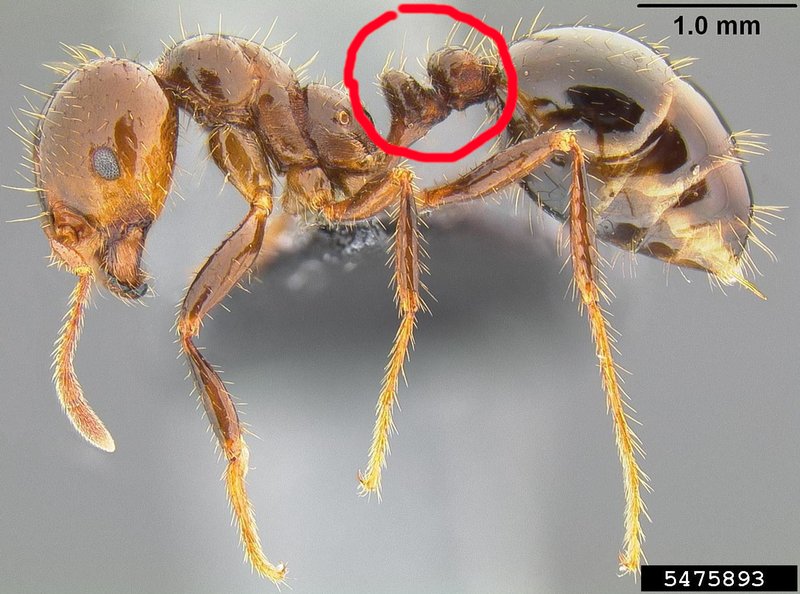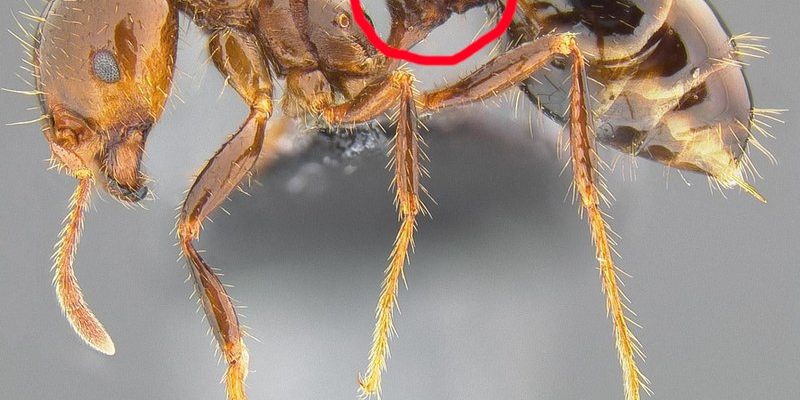
Fire ants, especially the red imported fire ant, are not just common nuisances in many regions. They are significant subjects for research because their social structures and survival tactics can offer insights into various scientific fields. Think of them as tiny superheroes of the insect world, with teamwork and communication skills that leave us humans in awe. So, grab a cup of coffee, and let’s explore how scientists have studied these remarkable little creatures.
The Social Structure of Fire Ants
One of the standout features of fire ants is their social structure. They live in colonies that can range from a few hundred to millions of individuals. This setup has intrigued scientists for decades. Fire ants operate with a strong sense of community—you might even say they function like a well-oiled machine. Each ant has a role, whether as a worker, soldier, or queen.
Researchers have been keen to understand how these roles impact the survival of the colony. For example, worker ants take care of foraging, nursing the young, and maintaining the nest. They can even exhibit altruism, sacrificing themselves to defend their home. Understanding this division of labor helps scientists learn more about cooperation and communication within societies. Have you ever wondered how they coordinate such complex activities without a leader? That’s one of the mysteries scientists are keen to unravel.
Communication Methods
Fire ants communicate mainly through pheromones, which are chemicals that trigger social responses in their fellow ants. For instance, when a fire ant feels threatened, it releases alarm pheromones. This sends the signal to nearby ants that danger is approaching. Scientists have studied these pheromonal signals extensively, often using controlled experiments to observe how quickly ants respond to different stimuli.
These studies have revealed fascinating insights into their communication network. Think about it—these tiny creatures are able to relay crucial information in the blink of an eye. This efficiency in communication has implications not just for biology, but also for fields like robotics and artificial intelligence, where engineers are designing systems that mimic these efficient, decentralized communication methods.
Impact of Environment on Behavior
Fire ants are highly adaptable, which makes them excellent candidates for studying how environmental factors influence behavior. Through various studies, scientists have observed that factors like temperature, humidity, and food availability can dramatically affect their activities. For example, when the temperature rises, fire ants may go deeper into the ground to escape the heat.
This adaptability raises important questions: How do fire ants manage to thrive in environments that are seemingly inhospitable? Researchers have set up experiments to simulate different environments, which allows them to observe the ants’ responses in real-time. Observing these behaviors contributes to our understanding of climate change and its effects on ecosystems.
Invasive Species Research
The red imported fire ant, in particular, is an invasive species in many parts of the United States. Scientists have dedicated considerable time to studying its impacts on native ecosystems. When fire ants invade, they often outcompete local insect species for resources like food and nesting sites. This can lead to significant shifts in local biodiversity.
By studying how fire ants affect their surroundings, scientists can develop strategies for managing their populations. One method has been creating targeted bait that disrupts their colonies. This research is crucial, as it addresses broader questions about how invasive species can alter entire ecosystems and impact human activities like agriculture.
Fire Ants in Medicine
You might be surprised to learn that fire ants also have a role in medicine! Their venom contains compounds that have potential therapeutic uses. Some studies have looked at how fire ant venom can be used to create new medications. For instance, certain proteins found in their venom have been shown to have anti-cancer properties.
Researchers are still in the early stages of exploring these possibilities. It’s a reminder that even the most annoying pests can have hidden benefits. As scientists continue to study the biochemical components of fire ant venom, they hope to discover new treatment options that could help in fighting diseases.
Ethics of Fire Ant Research
As with any research involving living organisms, ethical considerations are essential. Scientists often grapple with questions about how much manipulation is acceptable when studying fire ants. For example, if researchers need to alter pest populations to understand their behavior, what are the long-term effects on the ecosystem?
In response, many scientific communities have developed guidelines to ensure that studies involving fire ants and other insects are conducted responsibly. This includes minimizing harm to other species and considering the ecological balance. Studies in this area can provide valuable lessons that extend beyond fire ants, informing how all environmental research should be approached.
Fire Ants and Technology
In recent years, technology has played a major role in studying fire ants. Scientists are using drones and remote sensing technologies to monitor fire ant populations over large areas. This method allows researchers to gather data on their distribution and behavior without needing to collect physical samples constantly.
One innovative tool is the use of video tracking systems that capture the movements of individual ants within colonies. This technology can analyze how ants interact and respond to different environmental cues—something that was nearly impossible to achieve just a few decades ago.
By combining biology with cutting-edge technology, researchers can gain deeper insights into the lives of fire ants and their roles within larger ecosystems. It’s a great example of how traditional fields are evolving to keep up with modern advancements.
Future Research Directions
Looking ahead, there’s a lot more to uncover about fire ants. As climate change and urbanization continue to affect ecosystems, understanding how fire ants adapt will be crucial. Future research might delve into genetic studies that explore their resilience or the impacts of changing environments on their social structures.
Moreover, with increased interest in sustainable agriculture, fire ants will likely remain at the forefront of studies that investigate biological pest control methods. Learning how to harness their natural behaviors could lead to new, eco-friendly solutions for managing pest populations.
In summary, while fire ants might seem like a pesky nuisance, they are a treasure trove for scientific inquiry. With their complex social structures, adaptability, and even potential for medical breakthroughs, these tiny creatures continue to captivate researchers and remind us that sometimes, the smallest beings can offer the biggest insights.
As we move forward, appreciating the role of fire ants in our ecosystems can help us learn to coexist with them instead of just seeing them as pests. Who knows what else we might discover about these fascinating little insects?

